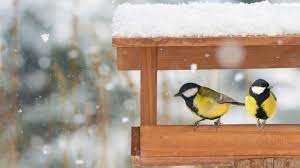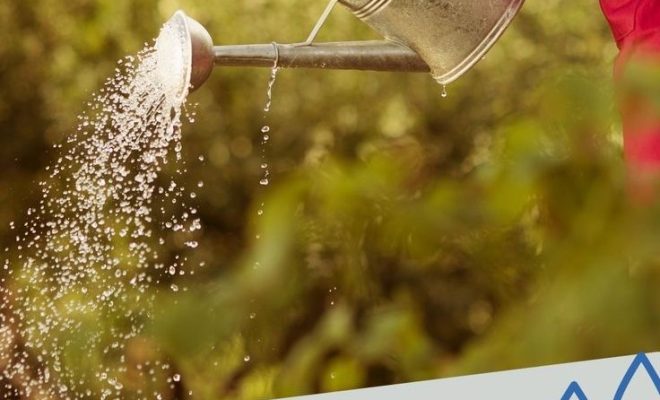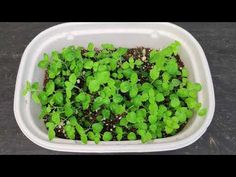Lawn expert reveals when to sow grass seed for the best results in different climates

Lawn care is crucial for homeowners looking to maintain a lush, vibrant yard, and one of the most important aspects of lawn maintenance is seeding. Knowing the best time to sow grass seed can mean the difference between a flourishing lawn and a lackluster one. According to lawn experts, the timing for planting grass seed largely depends on the climate and the type of grass, but general guidelines can help gardeners achieve the best results.
In cooler climates where cool-season grasses like Kentucky bluegrass, fescue, and ryegrass thrive, the optimal time to sow grass seed is in late summer to early fall. This period offers several advantages: the soil is warm enough to encourage seed germination, the cooler air temperatures are conducive to growth, and fewer weeds compete with the new seedlings. Additionally, rainfall during this season can help keep the seeds moist without the need for constant watering.
For those living in warmer climates where warm-season grasses such as Bermuda, Zoysia, and St. Augustine are more common, late spring to early summer is the best window for seeding. During this time, soil temperatures have risen adequately for warm-season grass seed germination. This coincides with the peak growth period for these types of grasses, allowing them to establish before the intensity of summer heat hits.
It’s also worth noting that regardless of climate or grass type, proper soil preparation is crucial for successful seeding. Before sowing any seed, lawn experts recommend testing the soil pH and adjusting it as necessary. A well-aerated, weed-free soil ensures that seeds come into direct contact with soil and have room to grow.
In summary, for cool-season grasses in colder climates, late summer to early fall is ideal for seeding. In contrast, warm-season grasses in warmer regions should be planted from late spring to early summer. Proper soil preparation is essential in both scenarios to ensure your new lawn has the opportunity to develop strong roots and thrive throughout its growing season. Following these expert guidelines will greatly increase your chances of achieving a healthy and attractive lawn year-round.






